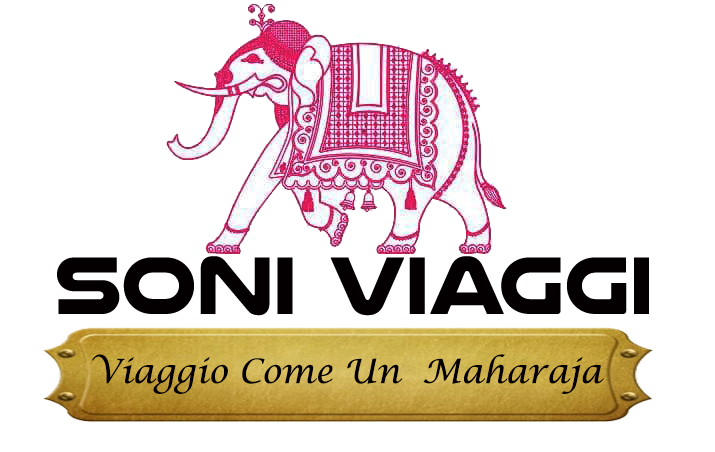CLASSICAL TOUR OF NORTH INDIA
- Home
- CLASSICAL TOUR OF NORTH INDIA
CLASSICAL TOUR OF NORTH INDIA
Destination: Delhi-Jaipur -Agra-Gwalior-Orchha -Khajuraho-Varanasi-Delhi
Detailed ltinerary
Day 01 Arrive Delhi

Day 02- Delhi / Jaipur (273 Km / 5 Hrs)
Post breakfast, drive through the government buildings area. You will glimpse the magnificent Parliament Building, built in a circular shape supported by 144 pillars. The Rashtrapati Bhawan (the official residence of the President of India) is spread over 330 acres and was designed by Sir Edwin Lutyens. Also drive past the India Gate, an arch which is a war memorial and honours the 90,000 soldiers of the British-Indian army, who lost their lives fighting for the British during WW1.
Visit Qutub Minar, India’s largest Minaret. Qutub Minar, a UNESCO World Heritage Site, was built in 1192 by way of Turk ruler Qutb-Ud-Din Aibak, the first ruler of the Delhi Sultanate. This area is beautiful, and very scenic, bustling with people and activities.
Later visit Humayun’s tomb, a UNESCO World Heritage Site & was the first garden-tomb on the Indian subcontinent. It is the tomb of the Mughal Emperor Humayun & The tomb was commissioned by Humayun’s chief consort, Empress Bega Begum in 1558, and designed by Mirak Mirza Ghiyas. Persian architects were chosen by her to build this incredible monument. further drive to Jaipur. Upon arrival check into the hotel. Overnight at hotel in Jaipur.


Day 03 Jaipur



Day 04 Jaipur / Agra via Abhaneri & Fatehpur Sikri. (250 km / 5 Hrs)
Post breakfast drive to Agra en-route visit Abhaneri & Fatehpur Sikri.
Abhaner is a tiny lost village in Rajasthan, it is famous for the stepped well Chand Baori, a small architectural wonder and one of India’s deepest and largest stepped wells. The oldest parts of the structure date back to the 8th century.
Fatehpur Sikri which is a fascinating ghost city built in the 16th century by Mughal Emperor Akbar. Once it was the capital of Mughal Reign but later abandoned due to the lack of water sources. Visit Buland Darwaza, Jama Masjid, Tomb of Sheikh Salim Chishti in Fatehpur Sikri. Post visit, continue drive to Agra. Upon arrival check into the hotel. Agra, Under mughal rule, Agra became a centre for learning, arts, commerce, and religion, and saw the construction of the Agra Fort, Agra’s most prized monument, the Taj Mahal, built by Shah Jahan as a mausoleum for his favorite empress.
The great mughal monarchs, Akbar and Shah Jahan, transformed the little village of Agra into a befitting second capital of the mughal empire – giving it the name Dar-ul-Khilafat {seat of the Emperor}. Today, a visitor to Agra is caught up in a world of contrasting edifices of red sandstone and white marble, narrow lanes and quaint buggies, and that irresistible charm that this favorite city of the mughals still retains. It is not surprising, that modern Agra still reflects its mughal heritage most conspicuously. A walk down the narrow bustling streets of the city will introduce the visitor to the wafting aroma of mughlai cuisine. Upon arrival in Agra, transfer to Hotel. Overnight at hotel in Agra.



Day 05 Agra
Morning proceed to visit the Taj Mahal “the epitome of love” and declared as one of the Seven Wonders of the World. This lovely construction is elegantly built with white marble by the Mughal Emperor Shah Jahan. It was commissioned in 1632 by the Mughal emperor Shah Jahan to house the tomb of his favourite wife, Mumtaz Mahal. it also houses the tomb of Shah Jahan himself. (Note: Taj Mahal remain closed on Fridays for public visit.)
Afternoon visit Tomb of Itimad-ud-Daulah,The mausoleum was commissioned by Nur Jahan, the wife of Jahangir, for her father Mirza Ghiyas Beg in seventeen century. Sometimes the mausoleum called as “Baby Taj”, the tomb of I’timād-ud-Daulah is often regarded as a draft of the Taj Mahal.
Further visit the Agra Fort. It is a UNESCO World Heritage Site and admired for its architectural shape. An elegant building that reflects a perfect fusion of the Hindu and Central Asian architectural styles with massive courtyards, mosques & private chambers. Later spent time to exploring the local bazaars of Agra. Agra is famous for inlaid marble paintings and handicrafts made of marble, wooden and brass. Return to hotel. Overnight at hotel in Agra.


Day 06 Agra / Gwalior by Train Gwalior/Datia/ Orchha (125 Km / 3 Hrs)


Day 07 Orchha / Khajuraho ( 183 km / 4 & ½ Hrs)

Day 08 Khajuraho / Varanasi by flight

Day 09 Varanasi /Delhi by flight

Day 10 Udaipur / Jaipur (410kms / 6-7hrs approx)


